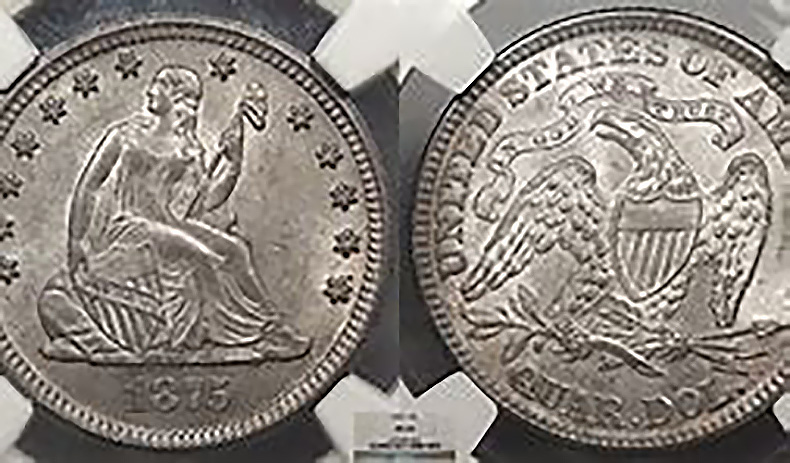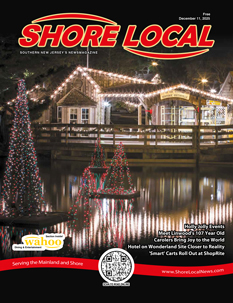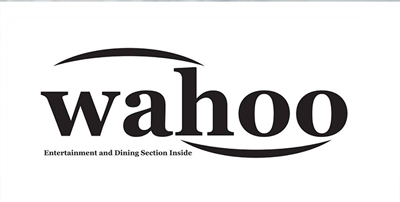It’s a fact of history that outside interests have a way of influencing decisions made by our politicians, producing results that have the average person ask, “Why did they do that?” While one may think the production of coins for use would be pretty straight forward, coins were not immune to manipulation.
The 1800s saw some interesting experiments with coin designs and denominations, many driven by outside influences. These short-lived issues make for fascinating collectibles, but the “Why did they do that?” prize goes to the 20-cent coin.
Although mints around the country were producing silver dimes, quarters and half-dollars, they stopped minting silver dollars after 1873 due to low demand. However, they began striking trade dollars — coins designed for use overseas and containing higher silver content to match foreign currency.
At the time, Western mining companies faced a glut of silver and petitioned the government to create a 20-cent coin. Politicians agreed, and the denomination was born. Unfortunately, its design closely resembled the existing quarter, and its size was only slightly smaller. The obverse featured a seated Lady Liberty with a shield bearing the word “Liberty.” The reverse differed only slightly, showing a standing eagle rather than the traditional heraldic one.
The similarities caused confusion, and the public quickly rejected the coin. The only serious attempt to circulate it came in 1875, when mints in Philadelphia, Carson City and San Francisco struck the coin. San Francisco produced the largest mintage — 1,155,000 coins.
From the start, the 20-cent denomination made little sense, since it duplicated the function of two dimes, which were already common. Production in 1876 dropped sharply, with Philadelphia minting only 15,990 coins and Carson City 10,000. San Francisco struck none. No circulation coins were minted in 1877 or 1878, though proof versions were produced for collectors.
All 20-cent coins are desirable to collectors. The 1875-S is the most common and affordable, with a circulated example in “good” condition valued around $120. The 1875, 1875-CC and 1876 coins generally sell for $200 to $300 in similar condition. Although the 1876-CC mintage was 10,000, most are believed to have been melted, making any surviving example potentially worth six figures — not bad for an orphan coin.
For collectors, note that the 20-cent piece grades differently from dimes, quarters and half dollars of the same era. The shield on Lady Liberty’s front is raised higher from the surface, causing the letters in “Liberty” to wear more quickly. Only three visible letters are needed to earn a “fine” grade, while all seven must be visible on other denominations to reach that grade.
Douglas Keefe and his wife Linda are owners of Beachcomber Coins and Collectibles in Egg Harbor Township. It is their only location.

















